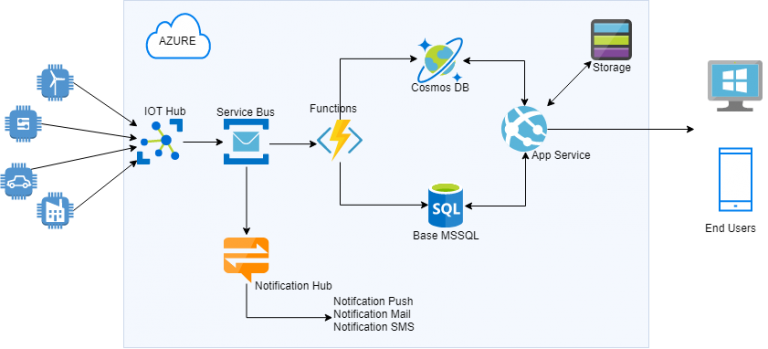
In this scatter chart, we use the following mappings: Click on Scatter and choose the required mappings. Scatter graph is the most commonly used Sandance visualization. We get different chart options for each chart type:Ĭhange the required columns for the x and y-axis for the density chart for reflecting the change: Let’s change the chart type as Density and choose the required columns in the X and Y-axis. Let’s first explore other chart types available in SandDance. We will cover more chart options in another part of the article. Similarly, change the columns for color by and sort by for representing data in a better way: For example, the following screenshot, it shows X-axis for Item_type column: Choose the required column, and it changes the chart immediately as per the selection. In the drop-down of column mapping, it shows all columns. In the above screenshot, we can see X-Axis column mapping for Item_Fat_Content.

Once we click on View in SandDance, it automatically selects the column mapping as per predefined algorithms.

It is an interactive chart, and once we hover the mouse over any column bar, it shows detailed information in the tooltip: For example, I moved the chart in the bottom part of the page: We can drag this chart and place it as the desired location. Once you click on View in SandDance, it launches the default visualization as shown below:īy default, it shows the column chart type. Right-click on this CSV and select the View in SandDance option: It loads all files present in this folder, and you can see them in the EXPLORER section as shown below: In Azure Data Studio, navigate to File | Open Folder:īrowse to the folder that contains the CSV file and click on Select Folder:
#SCHEMA VISUALIZATION AZURE DATA STUDIO DOWNLOAD#
You can download it from this link.ĭownload the CSV file and save it into a folder. In this example, we use Big Mart Sales Data for visualization. It quickly installs SandDance visualization as shown below: Navigate to Extension on the left vertical menu bar and search it using keyword Sand:Ĭlick on Install.
#SCHEMA VISUALIZATION AZURE DATA STUDIO INSTALL#
Let’s install SandDance visualization in Azure Data Studio. We can display individual and aggregate data as well in this chart:

It also provides decision-making capability. An interactive chart can be customized easily. We can use it to identify data patterns, trends and insights. SandDance is a useful data visualization extension from a Microsoft research project. This article explores the well known and influential visualization tool SandDance using extensions in this tool. You can follow SQLShack for useful extensions for developers and DBA. General Availability release date: 24th September 2018 (v1.0)Ĭurrent release : October Release (v 1.12.2)ĭownload and install Azure Data studio using the link on a suitable platform.Īzure Data Studio introduces new features using extensions in the marketplace. Previously we knew this tool as SQL Operations Studio. We can use it for on-premise SQL Server, Azure SQL database and Azure SQL data warehouse. Azure Data Studio is an open-source, cross-platform and lightweight data management tool.


 0 kommentar(er)
0 kommentar(er)
